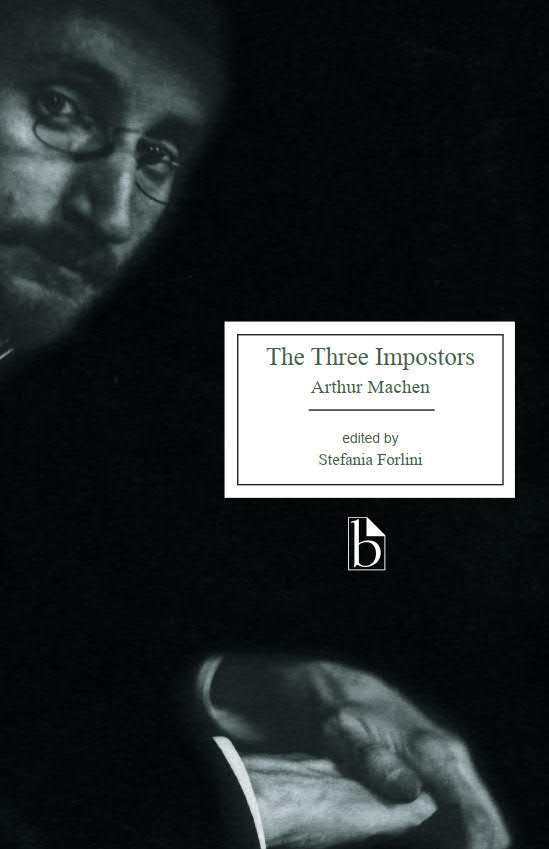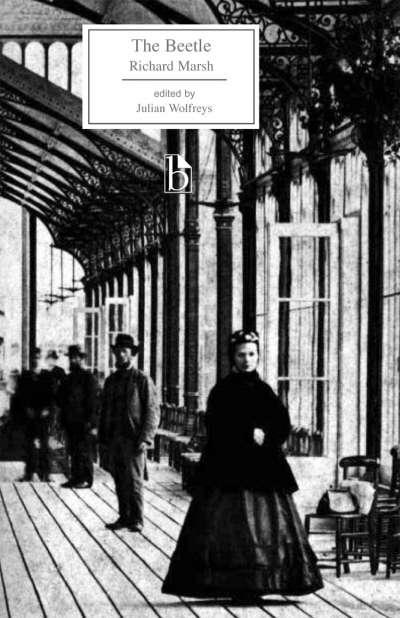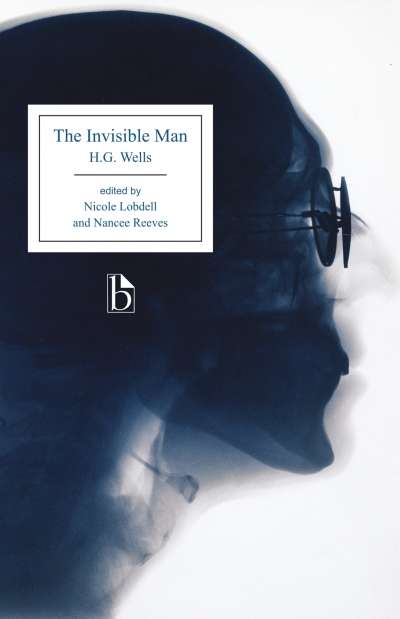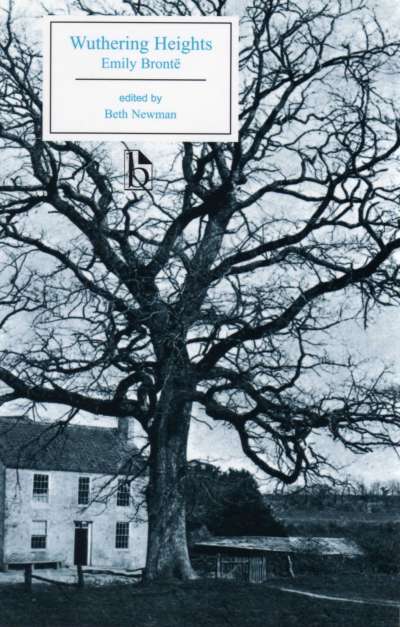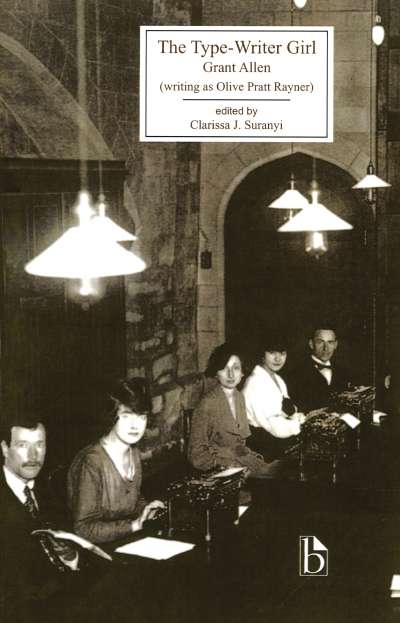First published in the height of the “yellow nineties” and in the shadow of the Oscar Wilde trials, Arthur Machen’s The Three Impostors (1895) remains a relatively obscure text even as Machen receives increasing attention for his contributions to supernatural horror, the weird, and even science fiction. Situating this generically uncertain, richly multi-layered text in transnational traditions of the short-story cycle, the print culture of the 1890s, and the colonial scientific and material cultures of the fin de siècle, this edition shows that Machen’s long-neglected text has a strong claim to our renewed attention today.
An extensive selection of accompanying historical documents includes contemporary reviews, related literary “inter-texts,” and documents and images related to the book’s publication history, design, and relationship to contemporary print culture.
Comments
“What a delight! With the new edition of The Three Impostors or The Transmutations, Broadview Press has gifted readers with a treasure trove of material and renewed the book’s relevance to studies in literary Decadence and early horror. Perhaps even more exciting, however, is how this new edition situates Machen’s work within genre studies more broadly. Stefania Forlini has curated a wealth of supporting documents that demonstrates the book’s influence upon detective fiction, its overlap with science fiction, its engagement with the fantastic, and its commitment to the Weird, both old and New. With its position within such a rich generic genealogy so clearly and elegantly established, The Three Impostors should enjoy wide appeal to literary scholars of all stripes. Highly recommended!” — Lisa Swanstrom, Co-Editor, Science Fiction Studies
“This is another excellent addition to the corpus of Broadview’s scholarly and insightful editions of lesser-known Victorian texts that are deserving of renewed scholarly and student attention. Forlini’s edition expertly positions Machen’s innovative novel in the contexts of late-Victorian sciences, experimental literature, and the controversies that befell the contemporary high-art movements of the 1890s. With an eye to recent revisions to our understandings of the transnationalism of the Decadent movement and its ‘cult of artifice,’ Forlini’s introduction confidently provides new ways of reading Machen’s ‘trickster’ narrative in relation not only to Decadence but also to popular fiction and the materiality of the text itself. With its rich introduction to both the respectable and the unrespectable scientific theories of the period, Forlini’s edition skilfully resurrects Machen’s innovative and darkly comic novel for the ‘post-truth’ era.” — Sondeep Kandola, Liverpool John Moore University
“Arthur Machen is often an underappreciated contributor to the literature of the fin de siècle. His work, as The Three Imposters demonstrates so well, crosses genres of horror, the supernatural, and the literature that speculates on archaeological discoveries, and is an important part of decadent literature even as it sometimes reacts to it. The Three Imposters is an ideal companion to his classic The Great God Pan, continuing many of the themes Machen introduces there and, in some places, improving on the earlier work. This Broadview edition by Stefania Forlini gives an excellent framework to read Machen in his fin de siècle context and shows his influence on modern horror fiction.” — Heather Marcovitch, Red Deer Polytechnic

